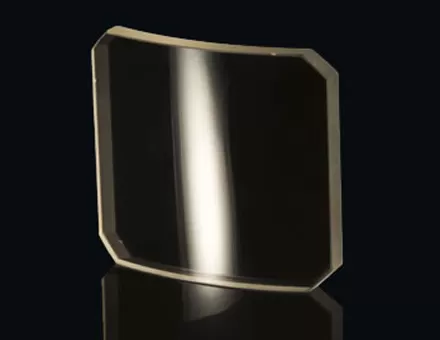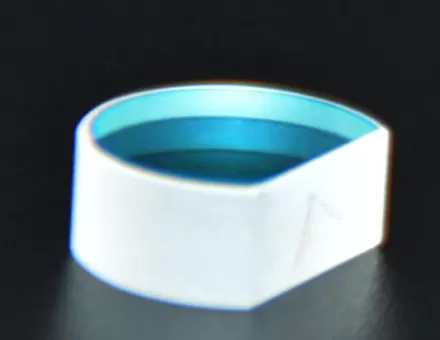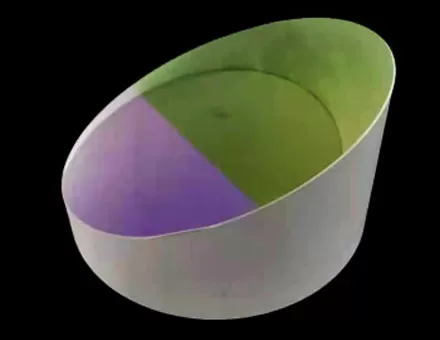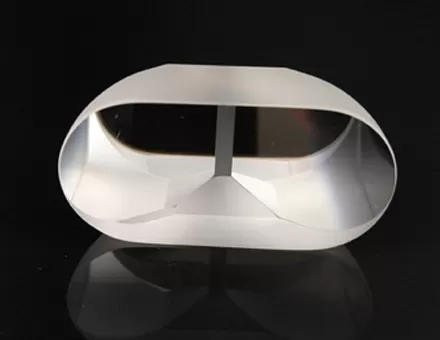Ⅰ. Introduction of Penta Prism
Penta prisms are also known as pentagonal prisms and pentagonal dichroic prisms. Penta prisms are a kind of optical reflective prisms. Penta prisms are optical prisms with five reflective surfaces that can deflect incident light by 90°. The incoming light is reflected twice in the prism, changing the direction by 90°, not only will not be inverted, nor will it change the image's handedness. An ordinary right angle prism will invert the image and change the handedness of the image.
Penta prisms are extremely useful in calibration systems because they can regulate right angles very accurately, and separately regulate the angle of incidence. The ray enters from one side, and after two reflections of 270 degrees inside the prism, it exits on the other side adjacent to it.
At present, pentaprisms are widely used. In SLR cameras, roof-type pentaprisms are commonly used optical elements and double pentaprisms are used in building construction surveys. The two pentaprisms are joined top to top and a plumb line to mark the correct angle.
Ⅱ. The difference between pentamirror and penta prism
The five-sided mirror uses specular reflection, and the five-sided prism uses total reflection. The specular reflection uses a silver-plated surface, and there must be a loss of light.
The total reflection has no light loss at all. Therefore, the penta prism must be brighter than the pentamirror. Generally, the penta prism can only achieve 80% of the brightness of the penta prism. This is the only advantage of the penta prism.
When light travels in the same medium, it travels in a straight line. Only when one medium reaches the surface of another medium, will there be a transmission, reflection, and refraction phenomena. When the light is projected on a certain mirror surface of the pentamirror viewfinder, it first enters the glass medium from the air medium. And then it returns to the glass medium from the silver-plated reflective surface, and finally passes through the glass medium and then is transmitted back into the air medium.
This process needs to be looped five times to complete the image light path rotation when the pentamirror viewfinder is framing the view. Even if the glass transmittance of the mirror is high, some of the lights will inevitably be absorbed when passing through the glass. Therefore, after multiple absorptions, the brightness of the viewfinder will inevitably decrease. Although the reflected light path of the pentaprism viewfinder is the same, because it is always transmitted in the same medium, the viewing brightness is relatively much higher.
The advantage of using a pentamirror as the viewfinder of an SLR camera is that it helps reduce the weight of the camera, and the cost is relatively low compared with a pentaprism, so some popular SLR cameras are often used. The disadvantage of this viewfinder is that the viewing brightness is low, and the stability is relatively poor, so severe vibration should be avoided as much as possible. It is for these reasons that most mid-range and above SLR cameras still take the solid pentaprism viewfinder.


















 EN
EN




